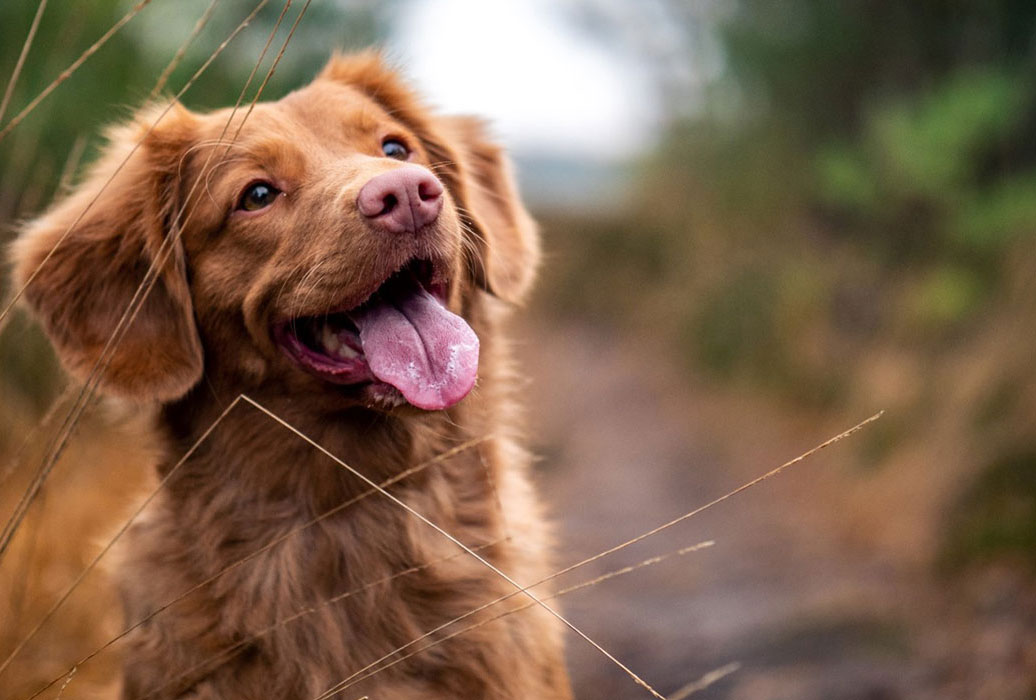A few years ago, I took my dog in for his annual wellness exam and vaccinations. Though I am a licensed veterinarian, I do not work in a small animal practice so here I was both a doctor and a client. When the receptionist saw my dog and commented that he looked to have picked up some weight, I immediately crossed my arms in a huff and waited for the technician to come out. When the technician weighed my dog, checked his records and then weighed him again, I slunk into my seat, dreading what I knew what was coming next. When the vet came in the room she started with “What’s going on with my boy, he is heavier than he was last time?” In talking through our history at home, I had not really changed anything. Except for well, these new treats my dog seemed to absolutely love. My vet asked me if I could tell her the brand name so we could look up the calorie count together.
Do you know how many calories are in his favorite treat? A whopping 600 calories per treat. I was feeding him dry food according to the instructions on the bag so at 2.5-2.75 cups x 420 calories/cup of dry food he was getting 1050-1155 calories. His dog food, as most all are, is a complete feed meaning his dog food is intended to provide all the calories and nutrients that he requires. Adding his favorite treat plus his normal diet he was getting 1650-1755 calories per day. The excess was the 600 calorie treat which was the same as 1.4 cups of his dry dog food. Now admittedly, as a veterinarian I should have looked at the calorie count on those treats prior to feeding them. But, did I mention he LOVED them (and they were frequently on sale)? I then realized that I had to change my habits in order to help positively impact my dog’s health.
At this point you may be asking so what? He’s happy, running around playing and heavier than he was last year. Here’s what you may not know about obesity. In the United States, the prevalence of obesity among dogs and cats ranges from 25%-50%; not surprisingly, pet obesity prevalence mirrors human obesity prevalence. Pet parents that are more active have pets in better body condition while less active pet parents have pets with higher rates of obesity. Obesity in pets leads to both joint pain/osteoarthritis as bones are asked to bear increasingly more weight. Hyperlipidemia also occurs secondary to pet obesity and is the accumulation of excess lipids in the blood stream. These excess lipids tend to be stored in large blood vessels. The largest blood vessels in the body are those of the heart so hyperlipidemia can be associated with heart disease as lipids line blood vessels, the same process can impact vessels of the kidneys resulting in decreased cardiovascular and renal function. For the more than 50 million cats in the United States that are obese, diabetes mellitus, liver disease and high blood pressure are all associated consequences.
Here's the good news for all of us, small steps matter. By doing nothing more than discontinuing those high calorie treats, I was able to reduce my dog's caloric intake and he lost weight. I was so sure he had lost weight that we went back to the clinic just to have his official (lower) weight recorded in his chart. I also made some other decisions, like walking my dog the "long way" every morning and every evening. Yes even when it's cold and even when it's raining and even though I have to wake up earlier. Not surprisingly, the extra steps helped us both lose some weight. And my dog really just wants to know he is doing a good job so I replaced those high calorie treats with low calorie treats which he likes. I love knowing that I am making a positive difference I can see for both myself and my dog.
If you are ready to start your journey take your pet in to the veterinary clinic and ask for a weight to give you a starting point. With your dog, grab that leash and start walking as exercise never hurts. If you are caring for your favorite feline, talk with your veterinarian about the benefits of switching to a high protein, low carb diet to help shed some pounds. Definitely look carefully at the calorie count of any treats and ask yourself how those extra calories are impacting your pet's health.
REFERENCES
Burns, K. The fat factor: confronting the problem of overweight pets. https://www.avma.org/News/JAVMANews/Pages/130801a.aspx. Accessed 12/20/17.
Obesity. https://catfriendly.com/cat-care-at-home/obesity/. Accessed 12/20/17.
The Association for Pet Obesity Prevention. https://petobesityprevention.org. Accessed 12/20/17.
